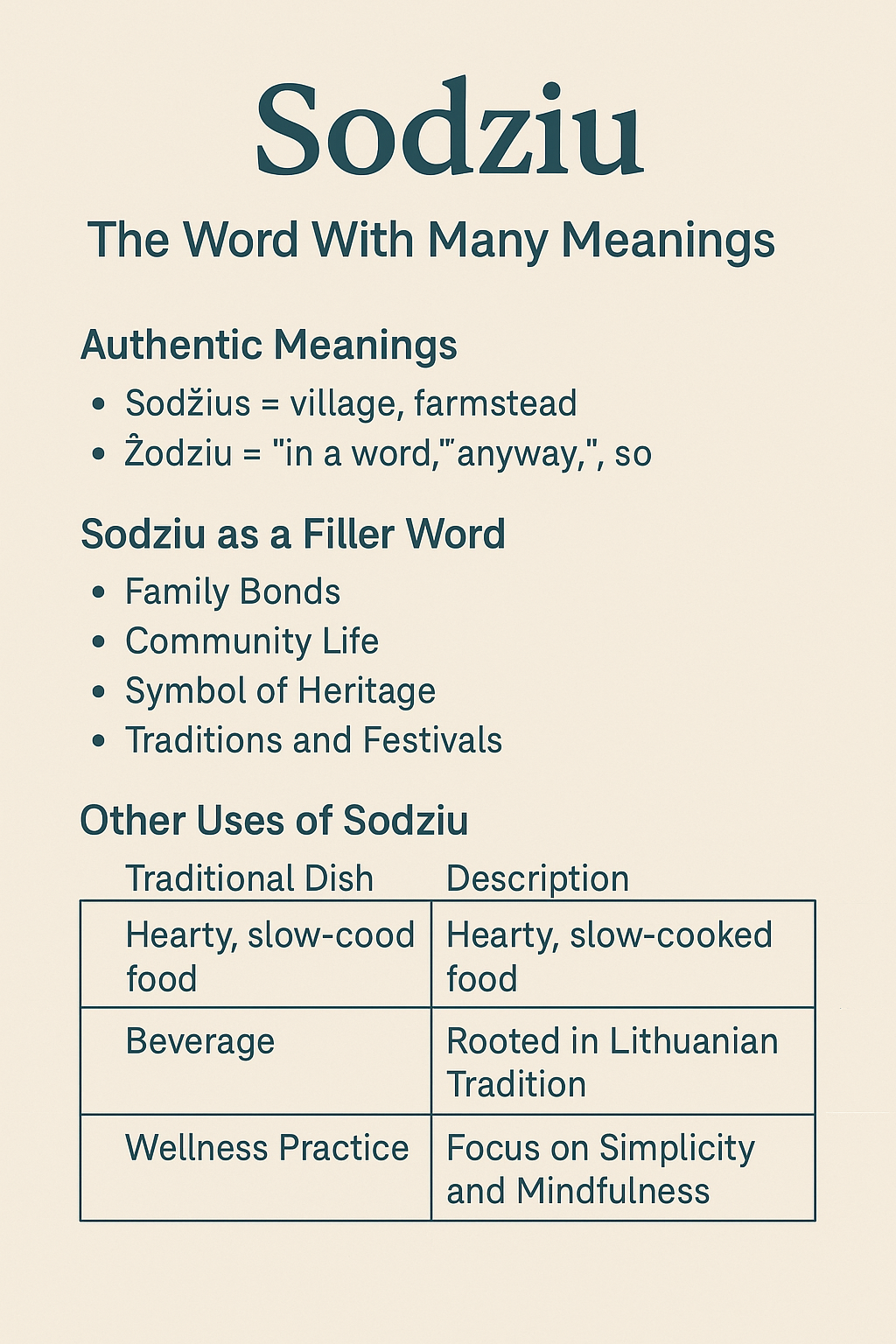Health
The Most Common Accidents and How to Prevent Them
Published
7 years agoon
By
Siraj
Accidents are an unfortunate part of life, and the United States is no exception. Each year, millions of Americans are affected by various types of accidents, leading to injuries, fatalities, and significant financial burdens. Sure, hiring an experienced injury lawyer can help victims get some of their money back, but wouldn’t it be better if the accidents were prevented altogether? This article will provide an exhaustive exploration of the most common accidents in the United States, delving deeper into their causes, consequences, possible prevention measures, the role of technology and public policy in mitigating these accidents, and the importance of community involvement and collaboration.
Motor Vehicle Accidents
Motor vehicle accidents remain at the top of the list of common accidents in the United States. According to the National Highway Traffic Safety Administration (NHTSA), over six million car accidents occur annually, leading to approximately 36,000 fatalities and millions of injuries. The leading causes of motor vehicle accidents include distracted driving, speeding, driving under the influence, and poor weather conditions.
How They Can Be Prevented
Public awareness campaigns, such as “Click It or Ticket” and “Drive Sober or Get Pulled Over,” can help educate drivers on the importance of seat belt use and the dangers of driving under the influence. Additionally, community-based programs, such as neighborhood watch groups and local traffic safety committees, can work together with law enforcement to address specific traffic concerns and improve road safety within their communities.
Slips, Trips, and Falls
Slips, trips, and falls are responsible for a significant number of accidents in the US. According to the National Safety Council (NSC), over nine million people visit emergency rooms each year due to injuries from falls. The elderly population is particularly susceptible to these accidents, with falls being the leading cause of injury-related deaths among individuals aged 65 and older.
How They Can Be Prevented
Community-based fall prevention programs, such as “A Matter of Balance” and “Stepping On,” can help older adults improve their balance, increase their confidence, and reduce the fear of falling. Additionally, collaborative efforts between local governments, businesses, and community organizations can lead to the development of age-friendly cities that prioritize safety and accessibility for older residents.
Workplace Accidents
Workplace accidents are another common occurrence in the United States. The Occupational Safety and Health Administration (OSHA) reports that approximately 2.8 million nonfatal workplace injuries occur annually. The most common workplace accidents include slips, trips, falls, overexertion, contact with objects and equipment, and exposure to harmful substances or environments.
How They Can Be Prevented
Employee involvement is essential in creating a culture of safety within the workplace. Workers can take an active role in safety committees, hazard reporting systems, and peer-to-peer training initiatives. Furthermore, the collaboration between labor unions, industry associations, and government agencies can facilitate the sharing of best practices and promote a safer work environment across various sectors.
Accidental Poisoning
Accidental poisonings, particularly from prescription and over-the-counter medications, are a growing concern in the United States. The Centers for Disease Control and Prevention (CDC) states that over 60,000 children are treated in emergency rooms each year due to accidental medication ingestion. Adults are also at risk, with drug overdoses being a leading cause of injury-related deaths.
How it Can Be Prevented
Community-based initiatives, such as drug take-back events, can help reduce the availability of unused medications and promote safe disposal practices. Additionally, collaborations between healthcare providers, pharmacists, and local organizations can lead to community-wide education efforts on medication safety and the prevention of accidental poisonings.
Drowning
Drowning is a common cause of accidental deaths in the United States, particularly among young children. The CDC reports that approximately 4,000 fatal unintentional drownings occur annually, with children under the age of four most at risk. Drowning prevention measures include ensuring constant supervision around water, installing pool barriers, and teaching children water safety skills and how to swim.
How it Can Be Prevented
Local partnerships between schools, community centers, and aquatic facilities can help expand access to affordable swimming and water safety lessons for children and families. Additionally, community-based drowning prevention campaigns, such as the “Water Watcher” program, can encourage responsible supervision around water and help raise awareness of the risks associated with drowning.
Conclusion
The most common accidents in the United States have a significant impact on millions of lives each year. By understanding their causes and implementing effective prevention strategies, we can help reduce the number of injuries, fatalities, and financial burdens associated with these accidents. Advances in technology, proactive public policy measures, and community involvement and collaboration are all essential components in creating a safer environment for all. Individuals, communities, and policymakers must work together to create a culture of safety, ultimately protecting the most vulnerable among us and ensuring a brighter future for everyone. Together, we can make a difference in reducing the frequency and severity of these accidents and promote a healthier, safer society for all.
You may like

Sodziu: The Word With Many Meanings

CinndyMovies: A Simple Guide to Features, Safety, and Why People Talk About It

EchostreamHub: A Simple Guide to the All-in-One Streaming and Media Platform

What You Need to Know About Police Brutality?

12 Sites to Watch Free Online TV Shows with Complete Episodes in 2024


